Audrey, aka Skipper, and I built ST. JACQUES, our little Penobscot 14, to row out on a nice day and ride back with the wind and tide to our launch spot. While I row, Skipper takes the helm and steers. She occasionally nods off, and we may veer off course. We recently added a nice piece of gear, the WaveFront TillerClutch, which can keep us on track while Skipper snoozes. And when I take ST. JACQUES out for a singlehanded row and sail, I can now have the TillerClutch mind the tiller while I attend to the many other nautical bits that often keep me pretty busy.The TillerClutch works by locking on a control line that is run under the tiller and anchored port and starboard. When the device is activated by flipping the control lever down, it holds the tiller in the set position. Squeezing the lever partially upward momentarily releases the hold on the control line for quick adjustments. For an unrestricted tiller, the control lever is set in the full up position to allow the tiller to swing freely. In this position, there is enough clearance between the lever and the tiller to prevent finger pinching.The body and handle are machined from marine-grade aluminum alloy, and the clutch spring and rivets are made from Type 316 marine-grade stainless steel, which has been passivated (treated with acid to create a protective oxide coating). The internal lever bushing is made from a self-lubricating synthetic material that requires no maintenance beyond a periodic freshwater rinse. The bushing also acts as an insulator to prevent dissimilar-metal galvanic corrosion. The body measures 3 1⁄8″ × 1″ × 1 1⁄8″, and the control lever toggle is 2 1⁄4″ long. The finish is superb, and the rounded edges of the control box feel smooth and safe to the touch. The clutch body can be mounted to tiller surfaces that are flat, rounded, or circular, with the recommended mounting location being on the underside of the tiller.
Join The Conversation
We welcome your comments about this article. To include a photo with your remarks, click Choose File below the Comment box.

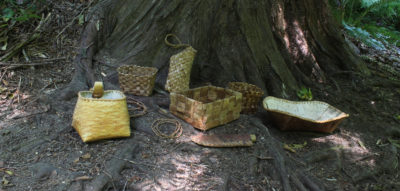
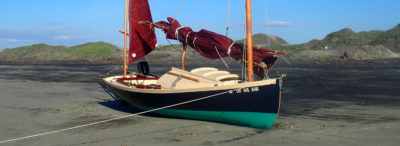

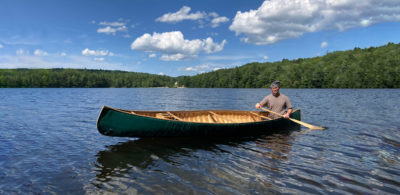

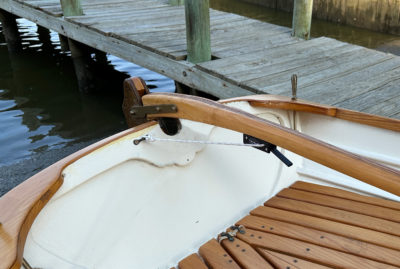
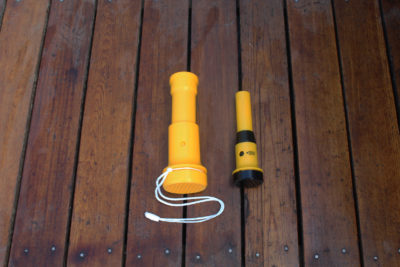

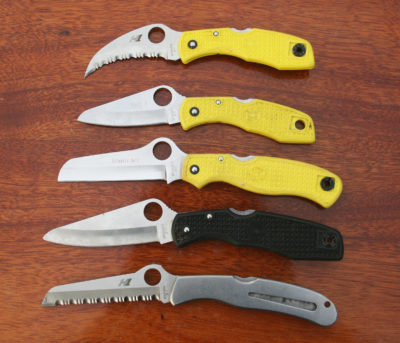
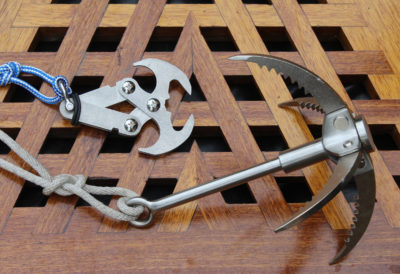
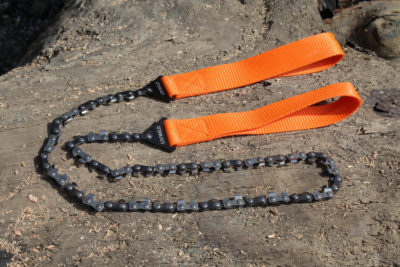
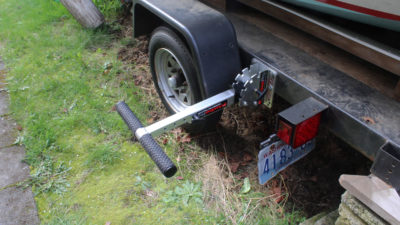
I have installed these on both pocket cruisers
I’ve built, an 18’8″ Winter Wren and 21’3″ Song Wren designed by Sam Devlin. They’re simple, trouble-free, and effective. With careful adjustment they will even serve as a poor man’s autopilot for a minute or so, enough to step away from the helm to grab a tool or a sandwich. Highly recommended.
I installed a Tiller clutch on my recently-built Tad Roberts’ CoPogy 18 design, a mini-motorsailer with an outboard in a well, directly ahead of the transom-hung rudder. While this arrangement gives very good control under power, it is not stable, so the clutch is absolutely critical, as Larry Cheek has said, for keeping control while stepping away from the helm momentarily. It also can provide relief under sail from long periods of steering once the sails are balanced.
I used a similar product on my boats for over thirty years, and it proved an invaluable aid to singlehanded sailing. However, I would recommend that the attachment points for the control line, rather than being close to the rudder, are taken out to the transom quarter knees or even to the inside of the gunwales. Theoretically they should be positioned on the circumference scribed by the fitting, as the tiller’s moves through its radius.
Yes, on a bigger boat, the control line can be move out as Dick describes. On our 14 footer it is plenty, and we did check in with Pete, the designer, to see if there might be issues, he said none other than a few degrees of tiller play, which doesn’t amount to much on our small boat but would be more noticed on a larger boat/rudder. The outings in our Penobscot, ST. JACQUES, when we would employ the TillerClutch as I installed it are basically floating picnics. I picked the mounting points as I did so that Skipper can still lounge on the transom. As for me sailing alone, if I do more of it and want to, I can add a second set of eye straps either on the quarter knees or gunwales. I left the control line cut long with that in mind.
To get over the ‘radius’ problem, rather than cord I use substantial ‘bungee’ that traps under a simple forward facing hand-carved oak jamb-cleat under the tiller. When not in use, the bungee is allowed to hang down. It has the benefit of a bit of ‘give’ when you need to over-ride it for a second or two, and no shock loads on attachment points.
As an alternate tweak for the control line, I have mine led to a couple of jam cleats attached to the inside of the gunwales. That way, it allows me to quickly cast off either side to easily get at the anchor, which is stowed in a locker just aft on the starboard side, and the fuel tank for the outboard motor, stored in the corresponding locker on the port side.
The jam cleats also make it easy to get just the right amount of tension on the control line.